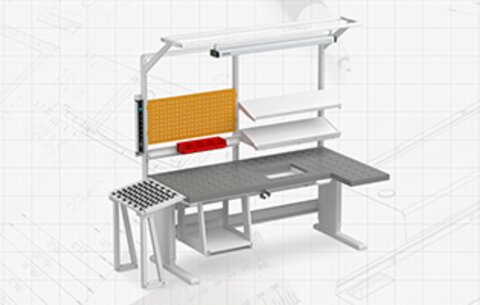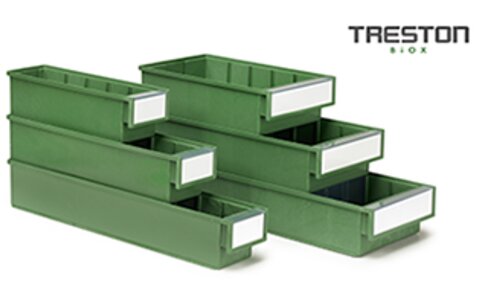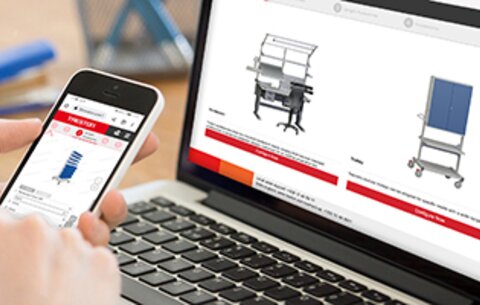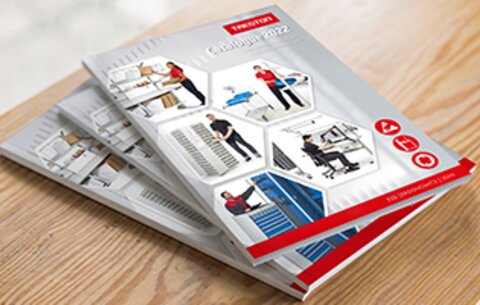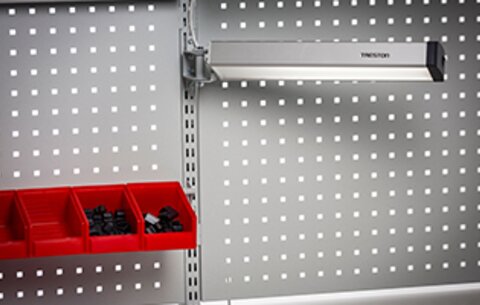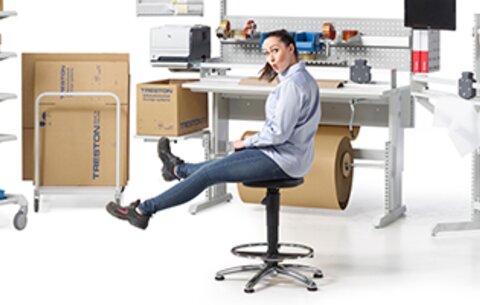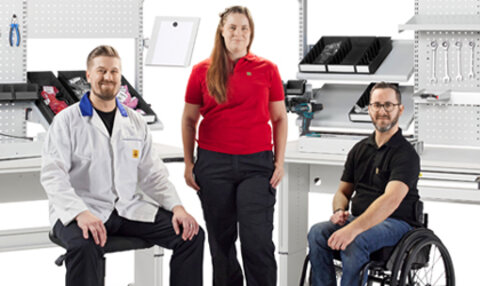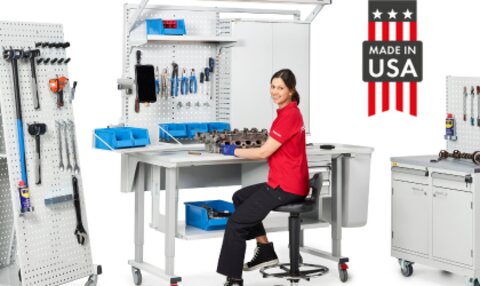

Designing Functional and Inspiring Laboratories: A Guide to Lab Furniture for Architects
Optimizing Lab Furniture for Ergonomics and Safety
Ergonomics and safety are vital when designing lab furniture. Architects should prioritize selecting workstations that promote proper posture, reduce strain, and minimize the risk of workplace injuries. Adjustable chairs and tables are essential to accommodate users of varying heights and preferences. Ergonomic considerations extend beyond seating, with the need for adjustable shelving, equipment racks, and storage solutions to ensure easy access and minimize the risk of accidents.
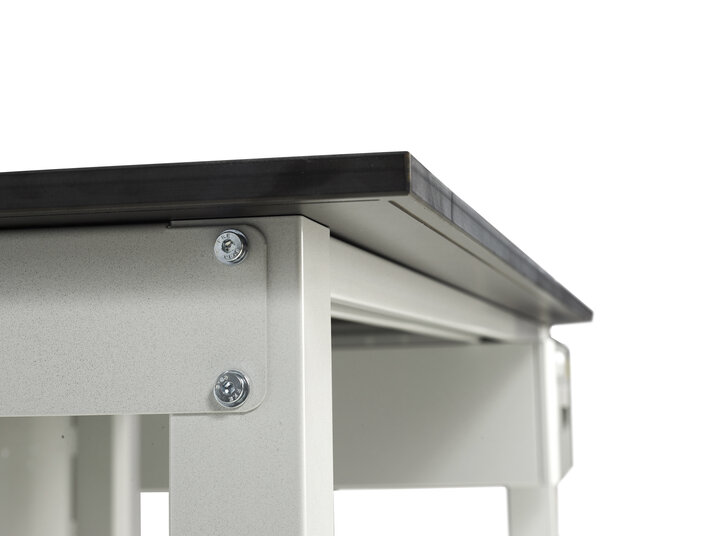
Furthermore, architects should consider the materials used in lab furniture to ensure they are resistant to chemicals, heat, and other hazards typically found in laboratories. Durable surfaces that are easy to clean and maintain are necessary for a hygienic working environment.
Learn more about choosing the right laboratory work surface.
Flexible and Adaptable Lab Furniture Design
Laboratory requirements often change over time, making flexibility and adaptability key considerations in lab furniture design. Architects should incorporate modular and flexible solutions that can be easily reconfigured to accommodate evolving research needs. Mobile workstations, adjustable shelving systems, and movable partitions allow for quick adaptations, fostering collaboration and enabling efficient space utilization. When choosing lab tables, it is important to prioritize the equipment needs of the lab and select furniture that is equipment-centric.
In addition, architects should consider the incorporation of flexible power and data distribution systems to accommodate changing technology and equipment requirements. Accessible power outlets and integrated cable management solutions reduce clutter and promote a clean working environment. Consider the power source location, utilizing overhead service carriers or hiding floor power access under workstations.
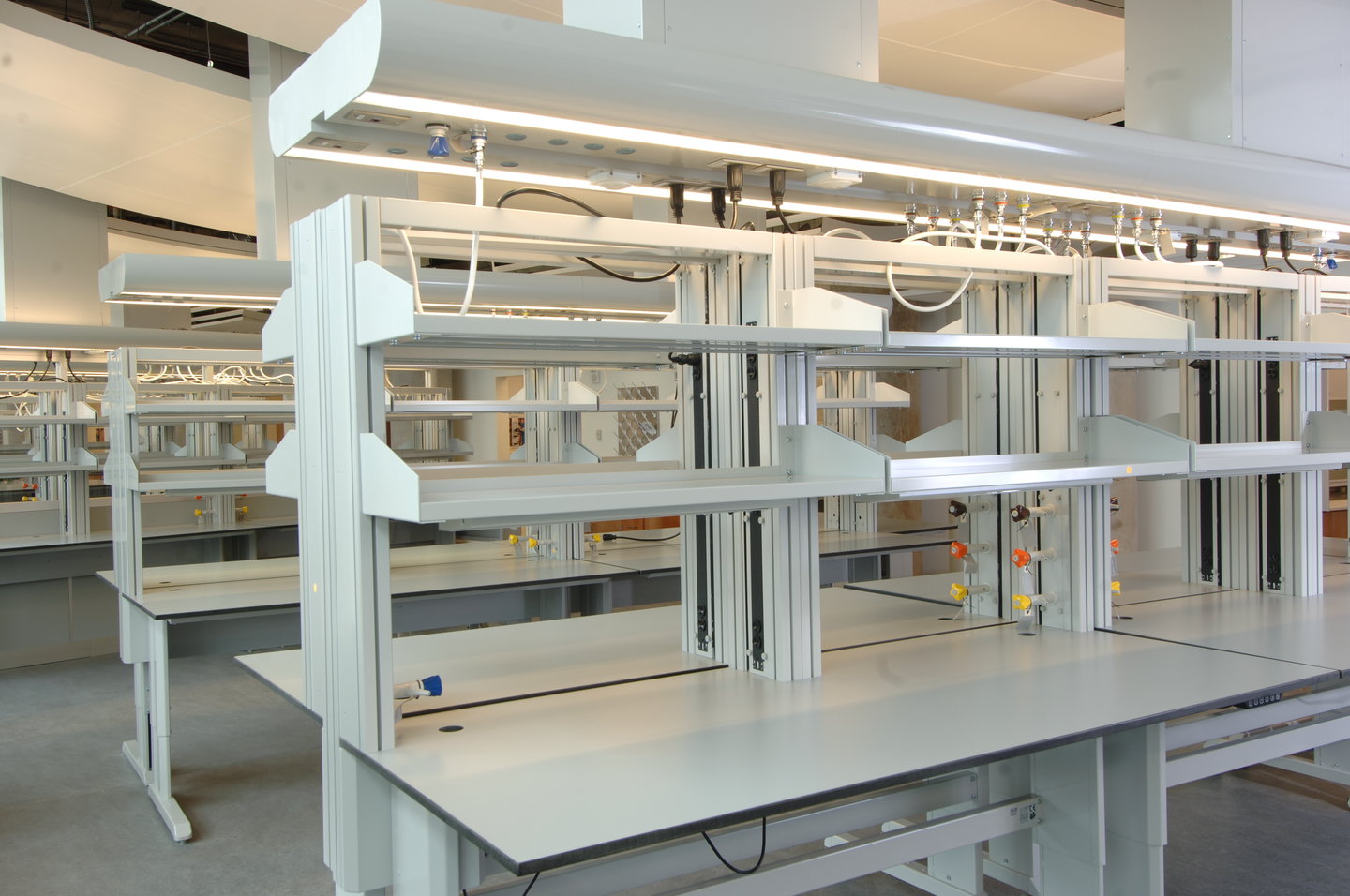
Enhancing Collaboration in Labs with Interactive Space Design
Modern laboratories thrive on collaboration and interdisciplinary work. Architects should design a lab environment that fosters interaction and knowledge sharing among researchers. Open-concept workstations with shared bench spaces, whiteboards, and presentation areas encourage team collaboration, brainstorming, and information exchange.
Consider incorporating breakout spaces and meeting rooms within the laboratory layout. These areas can be equipped with comfortable seating, audio-visual equipment, and writable surfaces, providing researchers with the opportunity to discuss ideas, host meetings, and present findings.
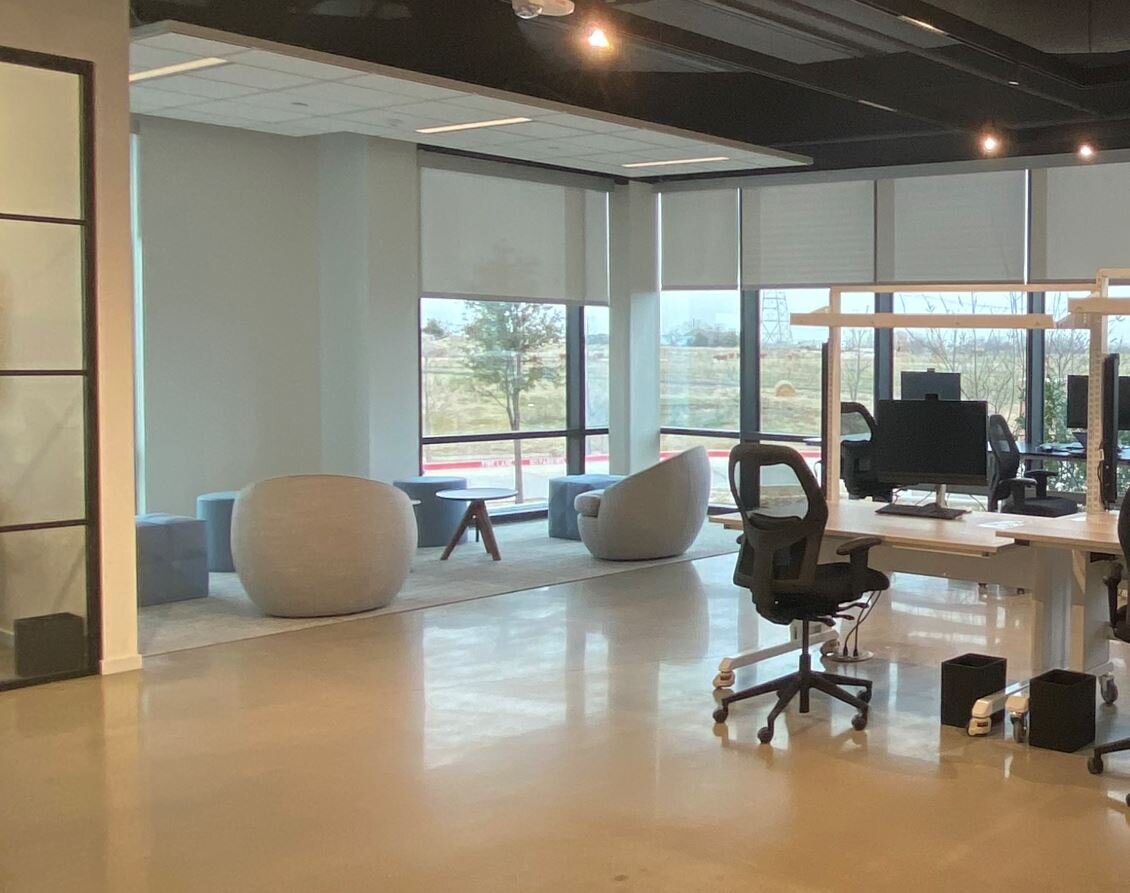
Maximizing Space and Accessibility with Efficient Lab Storage
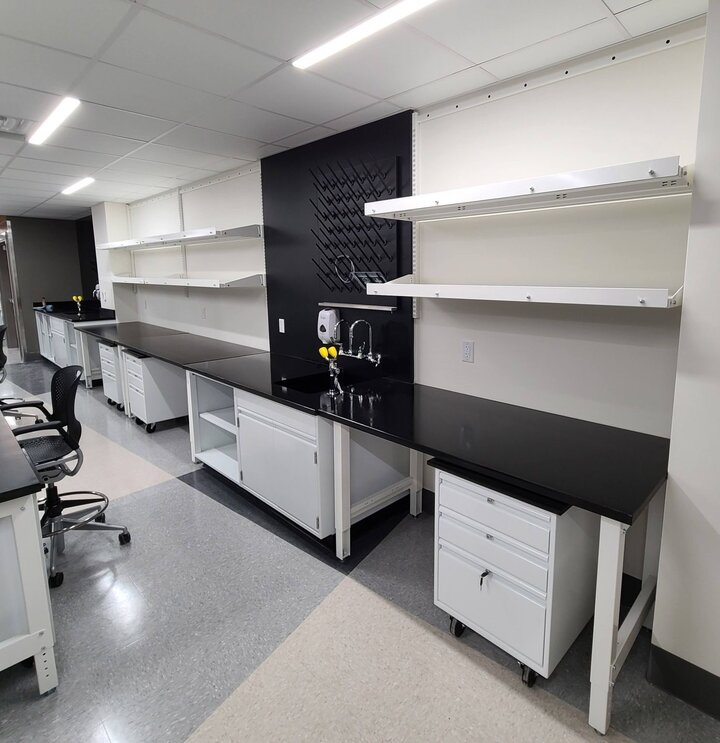
Efficient storage is essential in laboratories to keep equipment, supplies, and samples organized and easily accessible. Architects should explore innovative storage solutions that maximize the space while ensuring easy retrieval of items. This may include overhead storage, vertical cabinets, wall shelving, or integrated shelving systems. Consideration should also be given to specialized storage requirements for hazardous materials and sensitive equipment.
Given the high cost of laboratory space, it is essential to optimize its storage space. By implementing effective vertical storage solutions, labs can maximize their cost per square foot, enhance capacity, improve organization, and ensure cost-effectiveness in their day-to-day operations.
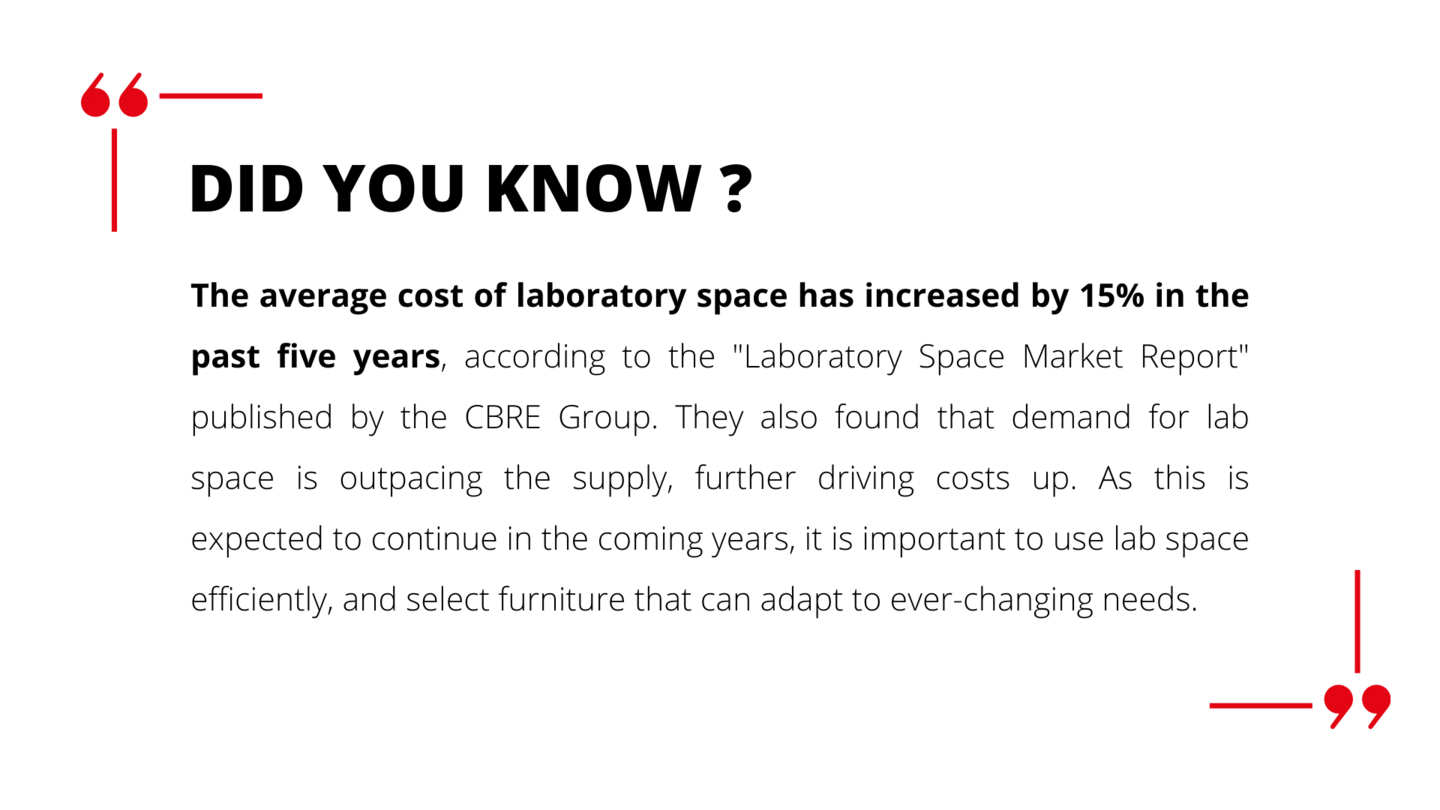
In the realm of laboratory design, architects have the power to create spaces that inspire scientific progress and innovation. By prioritizing ergonomics, safety, flexibility, collaboration, and innovative storage solutions, architects can incorporate lab furniture that supports the needs of researchers while fostering creativity and productivity. The careful selection of lab furniture not only enhances the functionality of the space but also contributes to the overall success of scientific endeavors. Remember, as an architect, you hold the key to transforming mundane laboratories into dynamic environments that nurture groundbreaking discoveries.
Click here to learn more about Treston Lab Furniture, and our keys to successful lab design.

